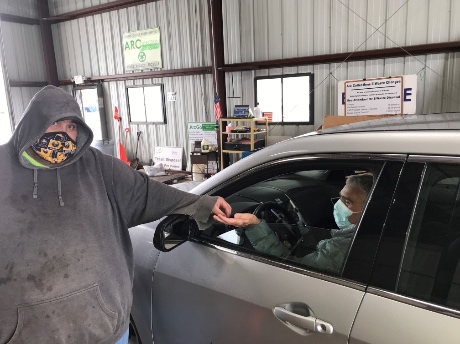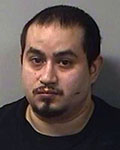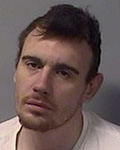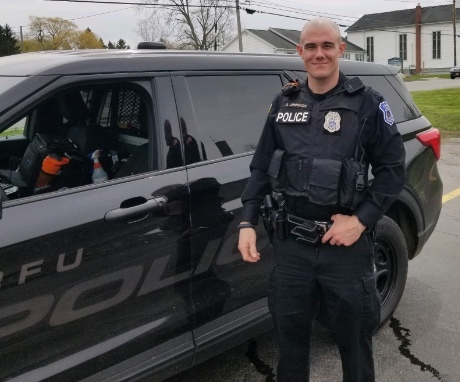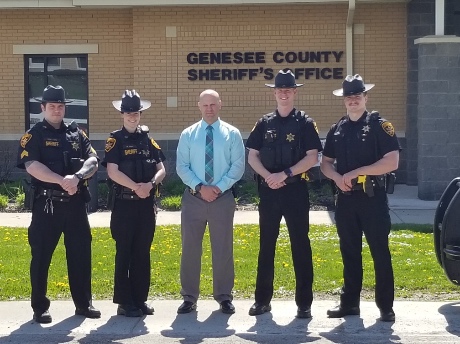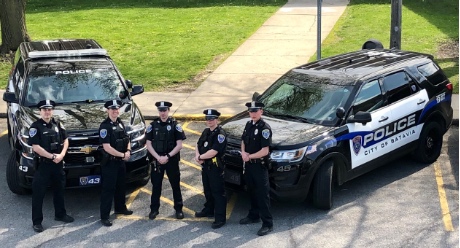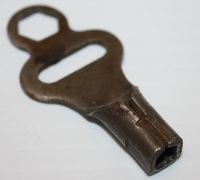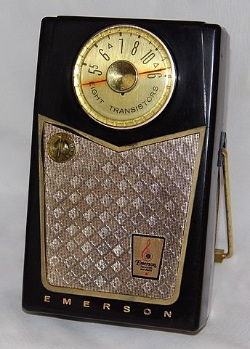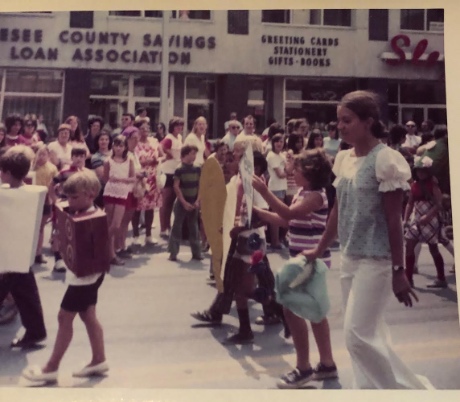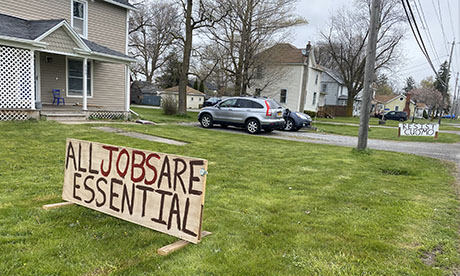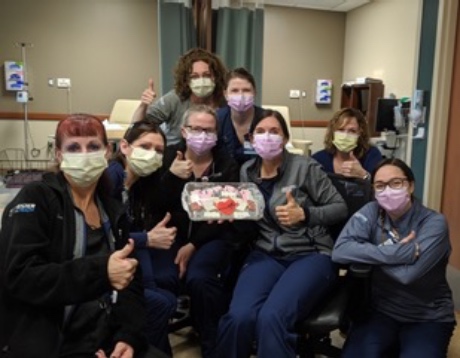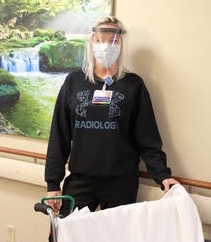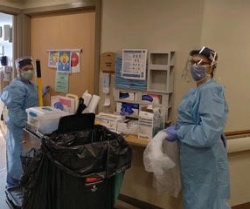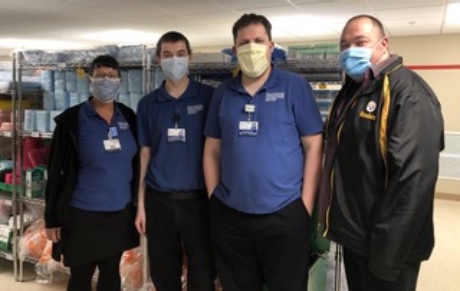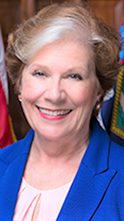The head of the state’s Department of Labor shook off a question about her job performance today as she updated the agency’s efforts to get benefit checks into the hands of around 470,000 New Yorkers with pending claims.
Responding to a reporter who brought up that state Sen. Patty Richie has called for her to step down, Commissioner Roberta Reardon (inset photo below) said she doesn’t have time to worry about her critics in the midst of COVID-19, a pandemic that has thus far triggered more than 1.5 million claims and nearly $7 billion in payments in the Empire State.
“I haven’t seen those news reports,” Reardon said toward the end of a 20-minute conference call with the media. “I’m squarely focused on my job, which is getting benefits to unemployed New Yorkers and I know that the rest of the team at the DOL feels the same way.”
Reardon said the DOL is “moving faster and more aggressively in New York than any other major state, and as of today, we have paid over $6.8 billion to New Yorkers in just two months, and that’s over three times that we paid in all of last year.”
She said she understands that those still waiting for benefits are angry and confused, but emphasized that the agency is proceeding as quickly as possible.
“I do understand the frustration. I have spoken to people personally about this, and if you haven’t gotten your benefits yet, then none of these numbers matter,” she said. “That’s why I’m going to keep working night and day to process applications, complete certifications and make payments. And I’ll leave the politics to the politicians because I have a job to do.”
Reardon said that every state’s labor department is staggering under the weight of claims for both traditional unemployment insurance and the pandemic unemployment assistance passed by the federal government.
“Earlier this week, the federal government announced that over 33 million Americans have filed for unemployment benefits since the coronavirus pandemic began to affect businesses,” she said. “And today, the federal government released figures showing that the unemployment rate in the USA hit 14.7 percent in April, and that is the highest rate since the Great Depression.”
The commissioner said the DOL has implemented several measures recently to streamline the claims process.
The latest, launched today, is designed to communicate more clearly the status of an unemployed New Yorker’s claim, she said.
“One of the things we heard from the media and directly from New Yorkers is the frustration with understanding where their application actually is in the process,” she said. “The system we have sees applications in binary terms – an application is ‘pending’ until it is ‘processed.’ So, we’ve worked within that system to figure out what milestones we can identify right now and communicate them as an application reaches those points.”
Reardon said that in the coming days, the DOL is going to roll out “a new effort to proactively inform New Yorkers about the status of their unemployment benefit application – using emails and text messages to communicate directly with New Yorkers when their application reaches the milestones in the process, and letting them know what step they are on and if any action is required and what to expect next.”
She pointed to previous action to speed up the process, including:
-- Issuing a directive to employers, reminding them they are required to provide New Yorkers who lose their job with the information they need to easily and completely file for unemployment;
-- Identifying and proactively emailing 90,000 New Yorkers with complete, processed and payable claims who have not submitted their first federally required weekly certification to release their payments;
-- And launching a new online process to allow 470,000 New Yorkers who did not certify in previous weeks to submit their prior week certifications and receive their back pay easier and faster.
Reardon said the DOL has processed more than 100,000 applications for PUA, which, she offered, is a more difficult application than the one used for traditional unemployment benefits.
“At the same time, today, 20 other states have not even begun to pay a single cent of PUA benefits yet and some have not even started accepting their applications,” she said. “This has truly been a colossal undertaking but I know these numbers are cold comfort for someone waiting for their first payment, and I want all New Yorkers to know that we will continue to work tirelessly to process their claims and make their payments.”
She also said that the agency has begun paying the $600 weekly payments to individuals with just “forfeit days” on their accounts, and that includes retroactive pay through April 5.
“For folks with other issues on their accounts beyond just forfeit days, we’re continuing to review what can be done,” she said.
After her prepared comments, Reardon answered several questions:
-- Asked about a wish list of resources needed, she first thanked the “voluntary state workforce” of 3,000 who have “stepped up and stepped out to help their fellow New Yorkers and that is really remarkable.”
She mentioned the addition of third-party call centers, 60 more servers on their main frame, thousands of new ports for the phone system, and the efficient Google application.
“But actually, my wish list would be a magic wand to make it go away,” she said.
-- Asked why it to so long to fix the DOL website and application system, that crashed in 2008, she pointed to the sheer volume of claims.
“We have 1.6 million New Yorkers processed in the last report, and we know that’s not the end of the applications; more people are coming into the system as we speak,” she replied. “There’s no state that hasn’t staggered and fallen to their knees under this. All of the states, even the states that recently rebuilt their systems, had their systems crash.”
She acknowledged that the DOL system needed an update and that one was under way.
“We did an RFP, it was an elaborate and articulate RFP that took a couple years to really get it through the system. We got our contractors and we were in the middle of a five-year rebuild and then the pandemic happened. It was a lot of forces all at once,” she said.
-- Asked about the problems processing of the PUA applications, she said things got off on the wrong foot.
“We all need to admit that it did not exist until March 27th. It was signed into law on March 27th … and we didn’t even get federal guidance on how to administer it as a program until April 5th and then the guidance was complicated and, frankly, contradictory,” she said.
“Early on, people were told they had to apply for unemployment insurance and go through the process of being denied, and then they had to fill out another application – PUA – and this was very difficult.”
She said the DOL developed a streamlined application on April 20th, but there were a lot of people who “got caught in that original glue-trap of bad regulation. And we are working on all of that; it’s moving much faster now.”
“The universe of potential filers for the $600 PUA checks is large and I don’t think they all will because many freelancers are working, frankly,” she said. “I’m very happy to say we are moving them through the system and more and more of them will be made whole every day.”
-- Asked if people were eligible if they turned down a job for health concerns, she said mentioned the state mandates regarding business reopening and the health protocols and advised anyone who “feels they are working in an unsafe environment should report it to the DOL because we will immediately investigate the situation and send inspectors out.
She then offered the following:
-- “Under federal law, if you are receiving PUA, you can not turn down a job because of generalized fear of COVID-19 or dislike of the job. And the same goes for traditional unemployment insurance.
--"Two, you can turn down a job because of a specific COVID-19-related health issue. For instance, if someone is told by her doctor that she is immune-compromised and had to self-quarantine, she would qualify for PUA.
-- “And, three, you can turn down a job because of other non-health COVID-19 scenarios and qualify for a benefit. For instance, you’re a child’s primary caretaker, and the child is unable to attend school or other childcare options because of COVID-19, you would qualify.”
